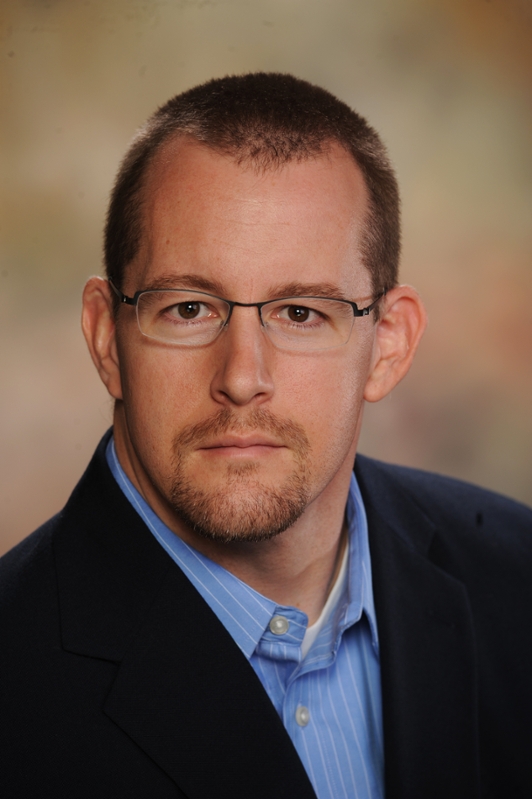Auburn Engineering researchers awarded patent for superconducting quantum logic
Published: May 16, 2019 2:41 PM
By Chris Anthony
Two electrical and computer engineering researchers at Auburn University have been awarded a patent for their invention of new logic cells for use in next-generation computers.
Professor Michael C. Hamilton and doctoral student Uday Goteti have developed new logic circuits based on superconducting electronics, rather than the semiconducting silicon platforms used in traditional electronics. Their superconducting logic technology uses nearly lossless circuits that feature lower power dissipation and higher speeds of operation than traditional electronics, as well as other superconducting electronic technologies.
Their invention is intended to be used in future generations of high-performance classical supercomputers and may find use in future quantum computers. Unlike classical computing systems, quantum computing can employ phenomena found in quantum physics, such as quantum superposition and quantum entanglement, to process information in new ways using quantum bits, or qubits.
“One of the problems we have with conventional integrated circuits in classical computers is that we're camped out at about 3 gigahertz in terms of how fast these processors operate. They're not getting any faster and large ones found in data centers use an incredible amount of energy,” said Hamilton, who is also director of the Alabama Micro/Nano Science and Technology Center. “With these superconducting electronics, they can run at hundreds of gigahertz with extremely low power dissipation.”
Hamilton and Goteti’s superconducting logic cells employ a device known as a quantum phase-slip junction to guide a signal through an integrated circuit and perform logic operations. Hamilton and his team are currently working on another patent incorporating both quantum phase-slip junctions with another, more traditional, superconducting device known as a Josephson junction.
“By pairing quantum phase-slip junctions and Josephson junctions together, we aim to make superconducting electronics even more flexible to accommodate advanced functionality, and our recent work shows that this is very much a possibility,” Hamilton said.
Media Contact: , chris.anthony@auburn.edu, 334.844.3447


